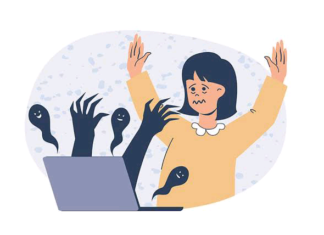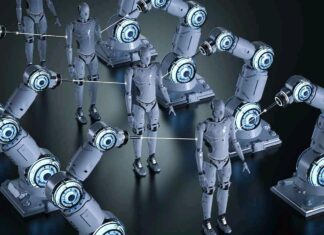When you purchase through links on our site, we may earn an affiliate commission. This doesn’t affect our editorial independence.
Renowned roboticist Rodney Brooks has delivered a blunt message to investors entering the field of humanoid robotics. According to him, the humanoid robot bubble is set to collapse. Brooks, co-founder of iRobot and a long-time MIT professor, argues that billions are being poured into projects that rest on unrealistic expectations. Additionally, he said that this project, which combines technology and biology, is very unbelievable.
Forging ahead, at the heart of his scepticism is human dexterity. Human hands contain nearly 17,000 touch receptors. By implication, the current development creates a level of sensitivity that no current machine can replicate. Brooks warns that attempts to train humanoid robot bubble by showing them videos of people completing tasks are “pure fantasy thinking.” While artificial intelligence has made breakthroughs in speech recognition and image analysis, those advances have built upon decades of refined data collection. However, no such tradition exists for the complex world of touch.
Safety adds another layer of concern as far as humanoid robot bubble is concerned. Full-sized humanoid robots must expend enormous amounts of energy to remain upright. When they fall, the force can be dangerous. Physics only multiplies the risks. Humanoid robot bubble is twice as large as today’s prototypes and would generate nearly eight times the impact energy. This makes large-scale, human-shaped robots a risky proposition for everyday use.
Brooks’ Prediction of the Future of Humanoid Robot Bubble
Instead, Brooks predicts that the robots of the future will abandon the human form. They are more likely to have wheels, multiple arms, and specialised sensors, prioritising efficiency and safety over mimicry. The billions currently spent, he believes, amount to costly experiments that may never scale to commercial production.
In his view, the humanoid robot bubble resembles past cycles of overhyped technology. For now, the fascination with lifelike machines may continue to attract funding, but Brooks insists reality will eventually catch up, and investors may not like the outcome.









